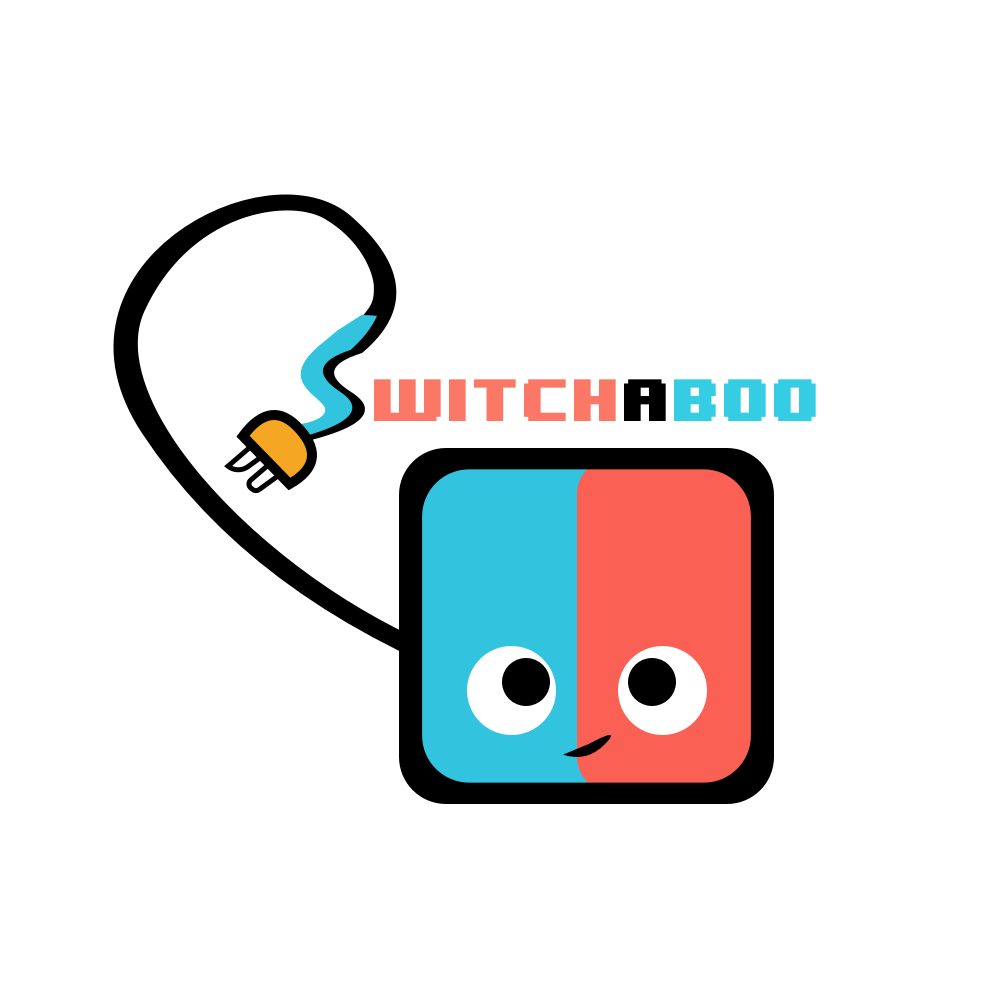LOUD - Switch Review

I think everyone has wanted to be a rockstar at some point in their life. The fame, the fortune, travelling the world performing on tour, the non PG-13 things I can’t talk about on this website. Most of us usually get to the point where we start making music and realise “Man, this is hard” and we give up. That isn’t the case for Astrid. LOUD follows the story of a young girl obsessed with music. After her father catches her daydreaming and using the broom like a guitar, he gifts her a real guitar and tells her to follow her dreams. Join Astrid on her musical journey as she learns, busks on the street, makes new friends and maybe even signs a record deal.
The Good
LOUD adopts the Persona Dancing series’ note gameplay style where there are six separate note highways, three on each side of the screen representing up, left and down on the d-pad for the left side and X, A and B on the right. What LOUD does differently though is it changes where the notes come in on the screen, the Persona Dancing series has the notes appear on the centre of the screen and move outward while LOUD does the opposite and has the notes come inward from the outside of the screen. This drastically helps visibility and timing, especially for people like me who play games on 50 inch TVs.
Another appreciated change is giving each button their own visual highway which lights up when a note in its lane is next to be hit. This change helps alleviate this style of rhythm game’s inherent issue with visual apprehension.
TL;DR
- Heavily improved an established rhythm game style
The Bad
It’s very clear that the developers wanted this to play like Guitar Hero but since the guitar peripherals are no longer being produced (much to my displeasure), they have had to adapt it to a controller-friendly format. What this means is some of the choices made when charting these songs are a bit questionable. For example, long strings of singular notes are changed to alternating between two separate button highways to reduce the need to mash buttons and wear out the controller; unfortunately, the consequences of a change like this is that it makes the screen too busy and makes sight reading a bit difficult.
FCing (Full Clearing for those who don’t regularly play rhythm games) is almost impossible in the state my review copy came in. I encountered a persistent glitch that would register some notes as both hit and missed at the same time, the worst offenders being the notes you have to mash the button to fully hit because each time you mash the button would have a chance to register the entire note as missed. This kind of glitch is unacceptable in any kind of release state for rhythm games; it’d be like a racing game having a glitch that would randomise your directional buttons.
Disclaimer: This may be patched out by the time this review is published. If so, then please disregard the previous paragraph.
In a game like this, its setlist is everything; even bad rhythm games can succeed if they have a fantastic soundtrack to play. Unfortunately, LOUD’s setlist is very forgettable and doesn’t stand out. A good chunk of the playable songs sound like someone who has just learnt how to play guitar and is jamming out with a group of friends, which while on point with the game’s theme, doesn’t make it very memorable.
TL;DR
- Song charting needs improving
- Glitch preventing FCs
- Forgettable setlist
Final Score: 4/10
While the improvements to the formula are appreciated, the game ultimately falls flat. LOUD feels like the video game equivalent of the opening act for an indie rock show: while they do have potential, you are really there to listen to the headline act and find yourself waiting for them to finish their set.
Thank you for checking out our LOUD Switch review, thank you to QubicGames (via Wiretap Media) for providing the review code and thank you to our Patreon Backers for their ongoing support:
- Andrew Caluzzi (Inca Studios / Camped Out)
- Bel Cubitt
- NintenVania Podcast
- Rachelle Suri-Tucker

